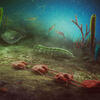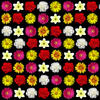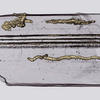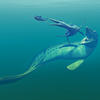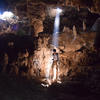You are here
What fossils tell us about crocodiles
04.26.2024, by
A massive asteroid struck the Earth 66 million years ago, dramatically affecting marine and terrestrial environments, and causing the mass extinction of numerous animal and plant species. The sebecosuchians, a highly-adaptable group of reptiles belonging to the Crocodilian order, were one of the lineages that survived the impact. In a bid to characterise the diet of these ancient species and the environment in which they lived, a team from the LGL-TPE laboratory in Lyon (southeastern France)* used several methods, including the chemical analysis of their bones and the detailed study of their skulls.
*Le Laboratoire de Géologie de Lyon : Terre, Planètes, Environnement (LGL-TPE) est une unité CNRS/ENS Lyon/Université Claude Bernard.
The research was wholly or partly funded by the French National Research Agency (ANR) under the ANR SEBEK – AAPG2019 project. This report was produced and funded as part of the call for projects “Sciences avec et pour la société - Culture scientifique technique et industrielle” (SAPS) (“Sciences with and for society - Scientific, technical and industrial culture”).
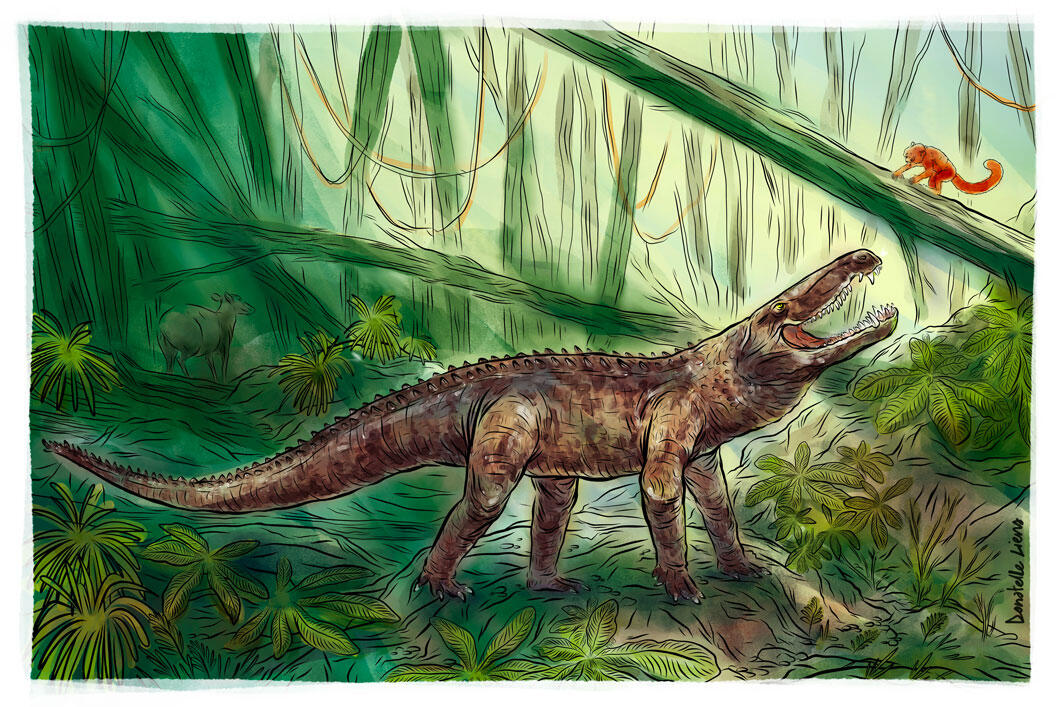
1
Slideshow mode
Artist’s impression of "Dentaneosuchus crassiproratus". With a length of 3 to 4 metres and teeth capable of tearing its prey apart, "D. crassiproratus "was a carnivorous land predator, unlike crocodiles, which are adapted to a semi-aquatic lifestyle. Belonging to the group Sebecosuchia, a name derived from the Egyptian crocodile-god Sobek, it appears to have lived in a subtropical forest environment in southern France about 45 million years ago, during the Eocene epoch.
Donatelle LIENS / LGL-TPE / CNRS Images
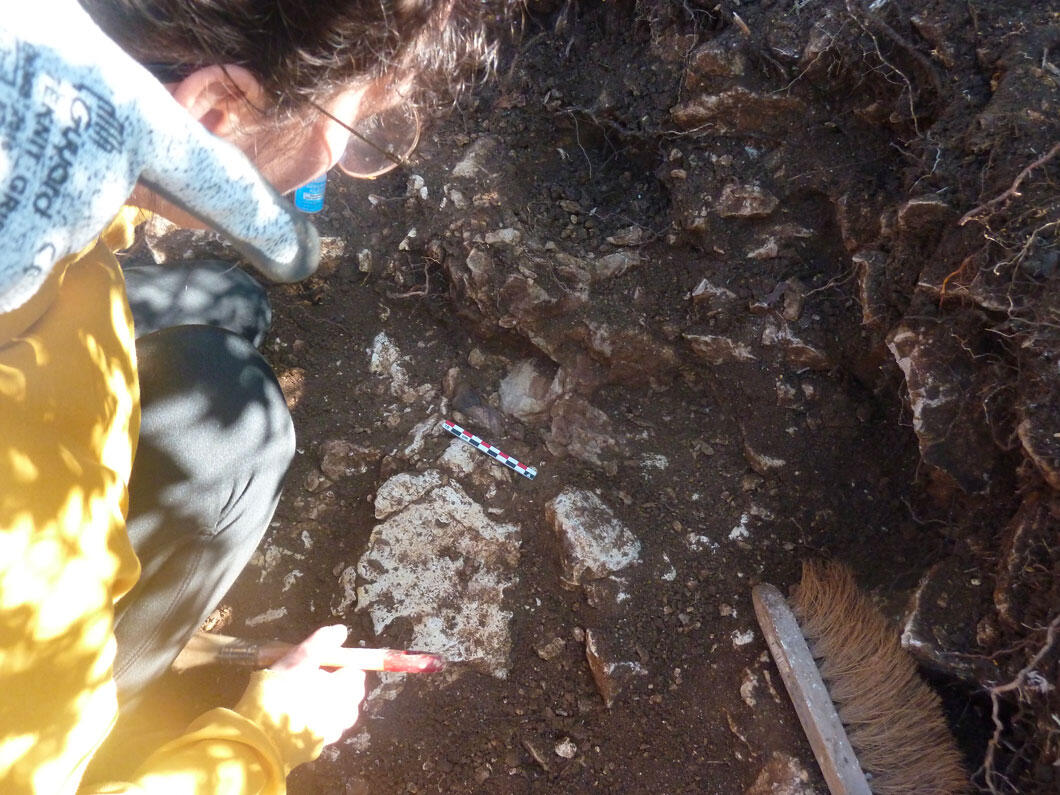
2
Slideshow mode
Finding fossils is a skill that requires a keen sense of observation and a great deal of patience. Here, this palaeontologist from the Laboratory of Geology of Lyon has just discovered a piece of a fossilised crocodile skull, part of the joint between the skull and the jaw, at an excavation site in the Minervois (southern France). The piece is photographed and measured before being carefully extracted.
Jérémy MARTIN / LGL-TPE / CNRS Images
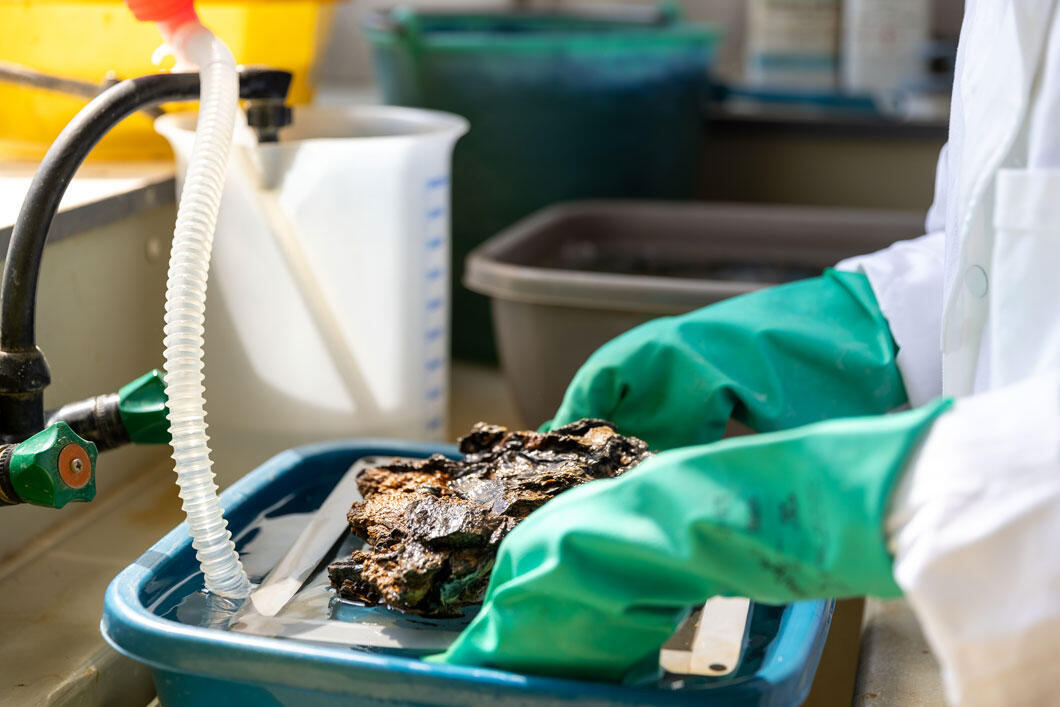
3
Slideshow mode
To free the fossil from its rock matrix, scientists use various methods depending on the nature of the matrix. Here, the bones are preserved in a block of limestone, a material made up of carbonates, and are retrieved using dilute acid, which dissolves the rock and gradually reveals the bones without damaging the phosphate they contain. The blocks are then rinsed with water. This stage can last up to several months, simply because the acids used are so diluted.
Simon BIANCHETTI / LGL-TPE / CNRS Images
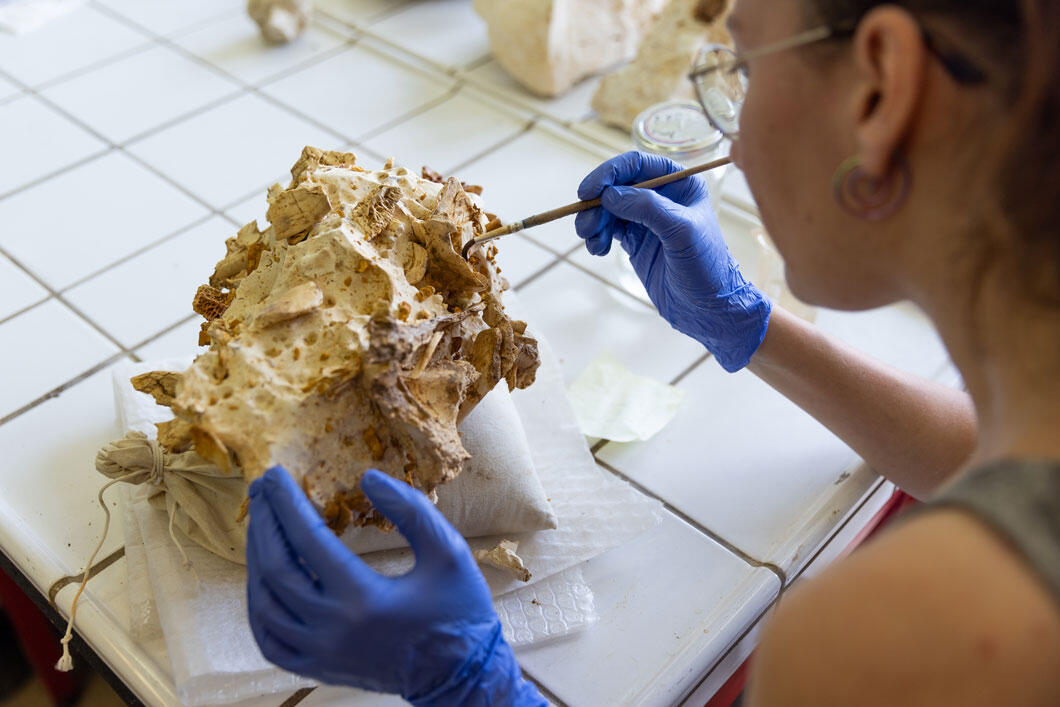
4
Slideshow mode
Before carrying out a new cycle of treatment with acid, the most fragile parts are protected by means of a consolidant which, in most cases, takes the form of a polymer adhesive. This is carefully applied so as to fill any cracks, thus protecting the fossil as well as ensuring its cohesion. It can be removed if necessary.
Simon BIANCHETTI / LGL-TPE / CNRS Images
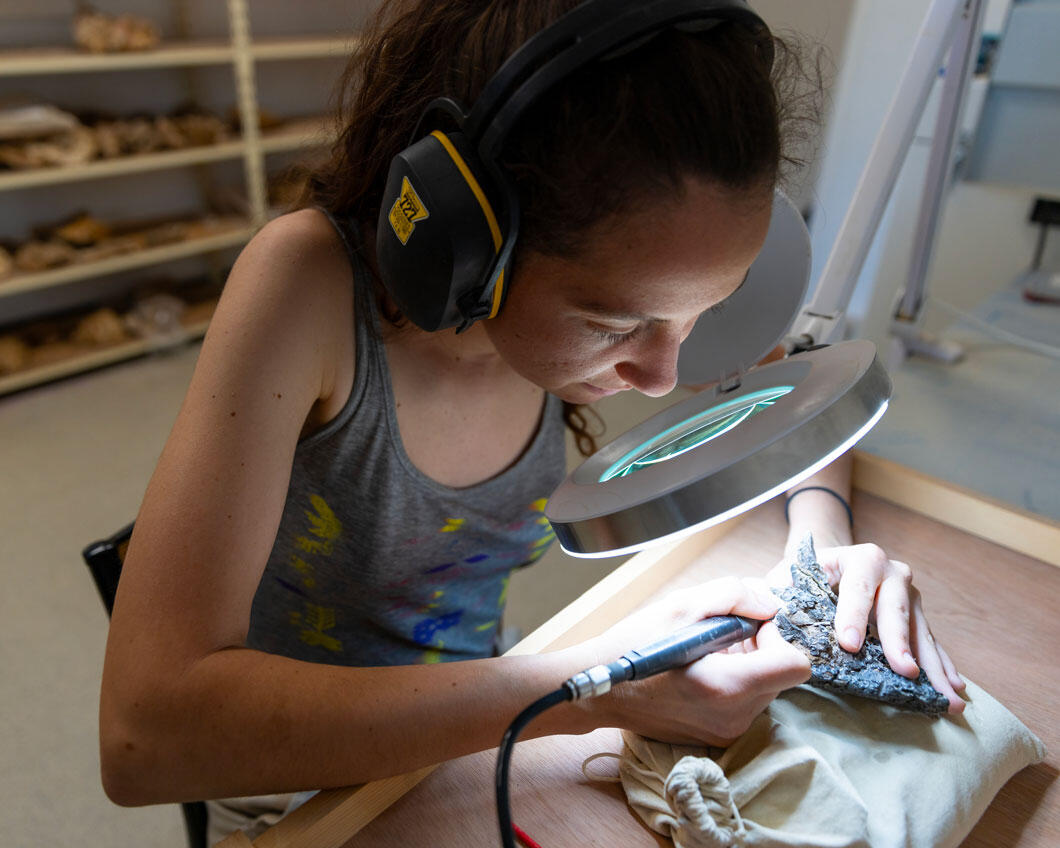
5
Slideshow mode
After being treated several times with acid, the surface of the fossil crocodile bone undergoes a final mechanical removal stage, using micro air abrasion and precision tools. At the end of this procedure, the fossil finally begins to reveal its secrets.
Simon BIANCHETTI / LGL-TPE / CNRS Images
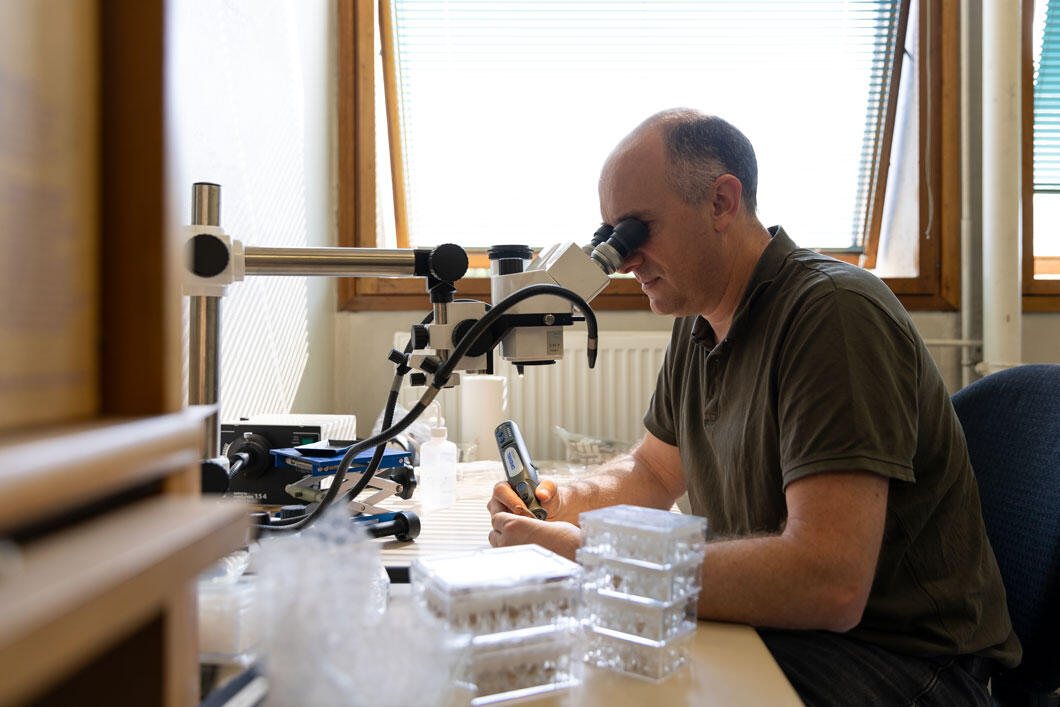
6
Slideshow mode
To understand what kind of environment "D. crassiproratus" lived in and what it fed on, a researcher is removing enamel from a fossil tooth using a micro drill, under a binocular magnifier. Once the tooth has been reduced to a powder, the various geochemical analyses can begin.
Simon BIANCHETTI / LGL-TPE / CNRS Images

7
Slideshow mode
Over the course of its life, "D. crassiproratus" accumulated ¹³C, one of the natural isotopes of carbon, in its tooth enamel. Isotopic analysis of the ratio between ¹³C and ¹²C (the most common carbon isotope) in the fossil remains strongly suggests that "D. crassiproratus" was a “super predator” that probably fed on terrestrial mammals.
Simon BIANCHETTI / LGL-TPE / CNRS Images
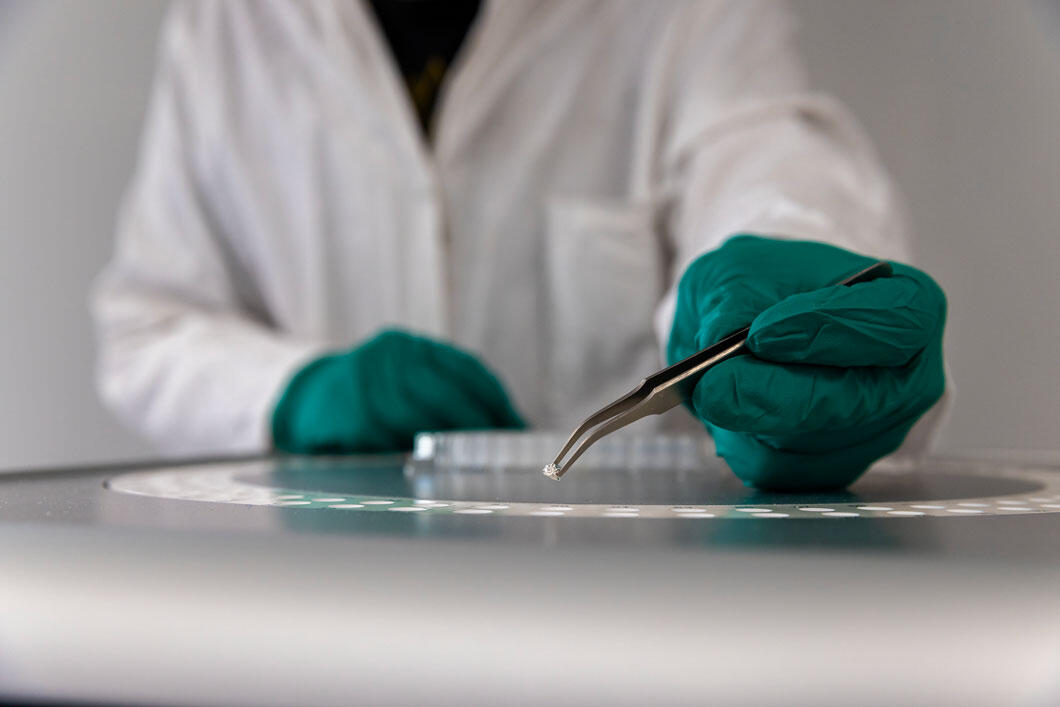
8
Slideshow mode
Inserted into silver capsules, the fossil remains, still in powder form, are also analysed by pyrolysis. Here, chemical analysis of oxygen isotopes (¹⁶O and ¹⁸O) provides information about the thermal physiology of the animal suggesting that it was most probably exclusively terrestrial, like the other sebecosuchians.
Simon BIANCHETTI / LGL-TPE / CNRS Images
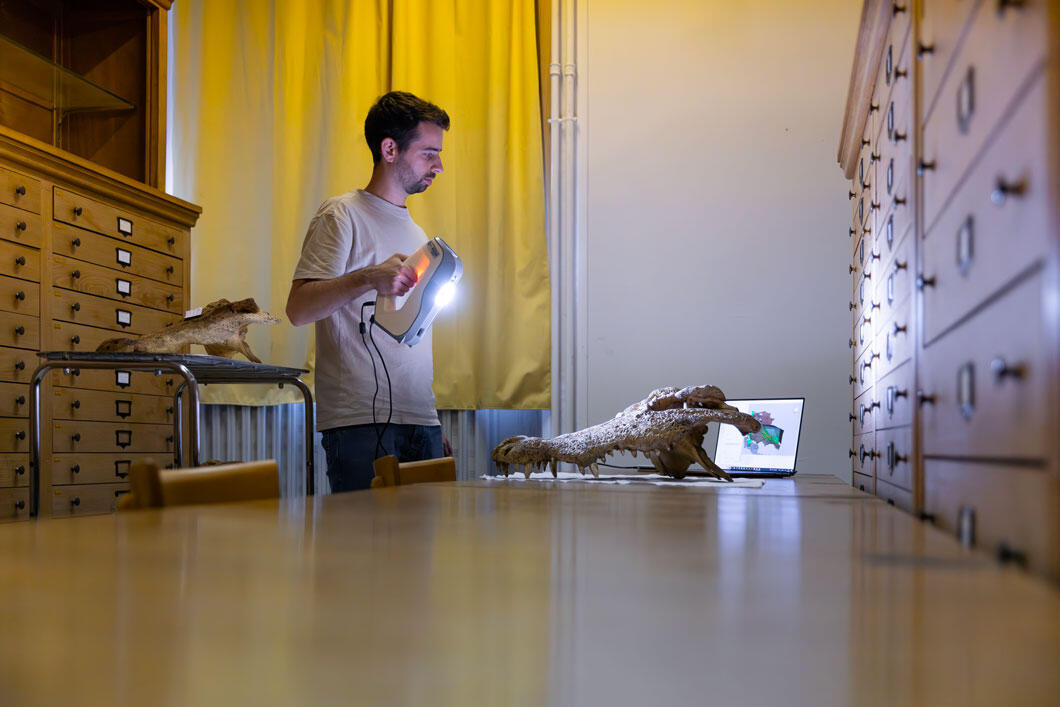
9
Slideshow mode
Fossils are often found in small quantities and are therefore almost never complete. So, to study the development of terrestriality in crocodilians, in other words their adaptation to a land-based way of life, palaeontologists use the remains of specimens of contemporary species such as "Crocodylus siamensis" as reference data. Here, the skull is scanned with a structured light surface scanner. This is used to produce a three-dimensional model of the surface of the entire skull.
Simon BIANCHETTI / LGL-TPE / CNRS Images

10
Slideshow mode
Various scanning methods are used to make a 3D print in liquid resin of a skull of "Arambourgia gaudryi", an extinct semi-terrestrial crocodilian closely related to today's alligators. At the end of the process, the resin is solidified by exposure to ultraviolet radiation.
Simon BIANCHETTI / LGL-TPE / CNRS Images
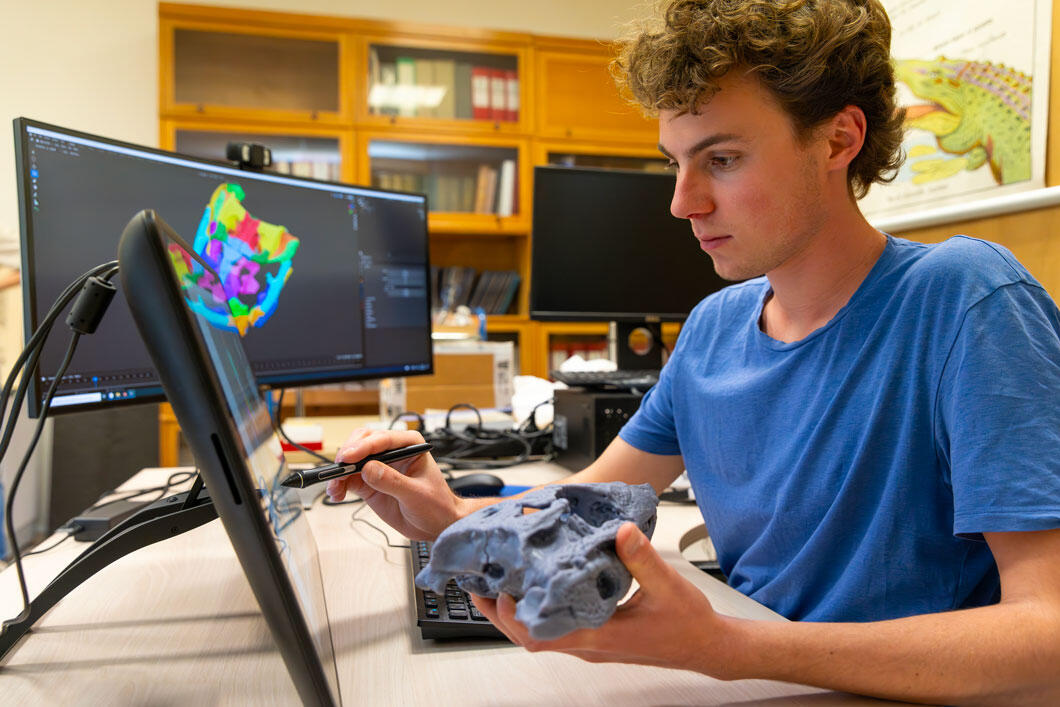
11
Slideshow mode
Each bone in the skull of "Arambourgia gaudryi" is identified by a specific colour. This acts as a guide for the distribution of the bones on the resin 3D print, providing a tactile and visual representation of this extinct species.
Simon BIANCHETTI / LGL-TPE / CNRS Images
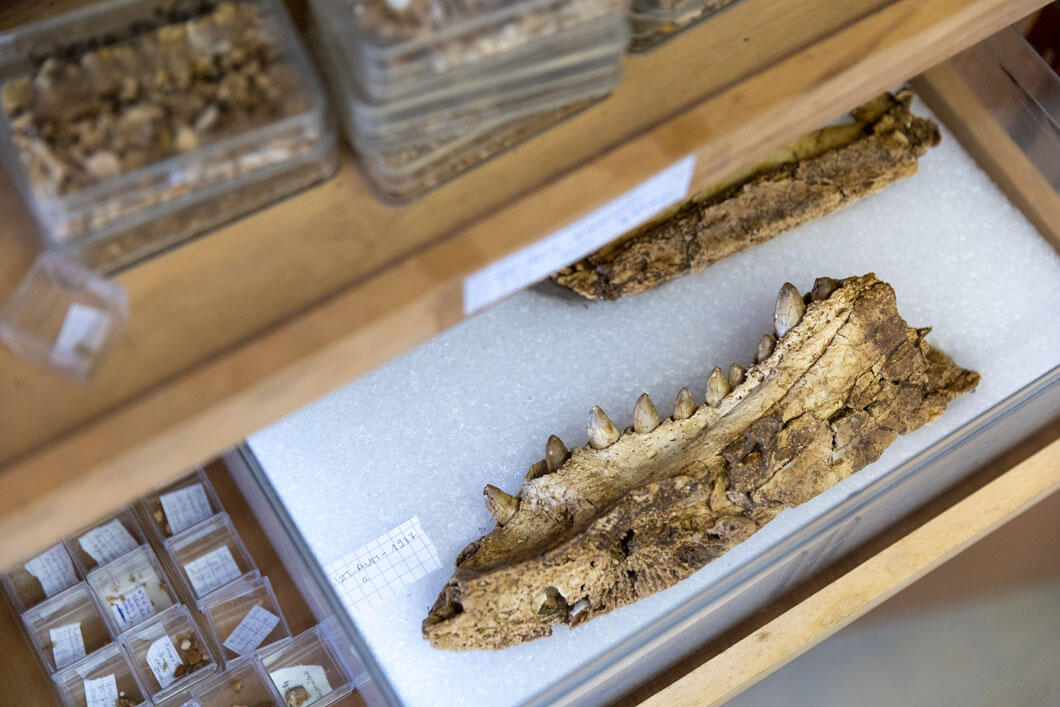
12
Slideshow mode
Like this crocodile jawbone, the fossils are packaged in boxes and catalogued in museums and university collections. In this way, palaeontologists can make an archive that can be consulted by other researchers and also keep a record of any handling the fossils may have undergone. To ensure their preservation, these are kept under constant humidity and temperature conditions.
Simon BIANCHETTI / LGL-TPE / CNRS Images
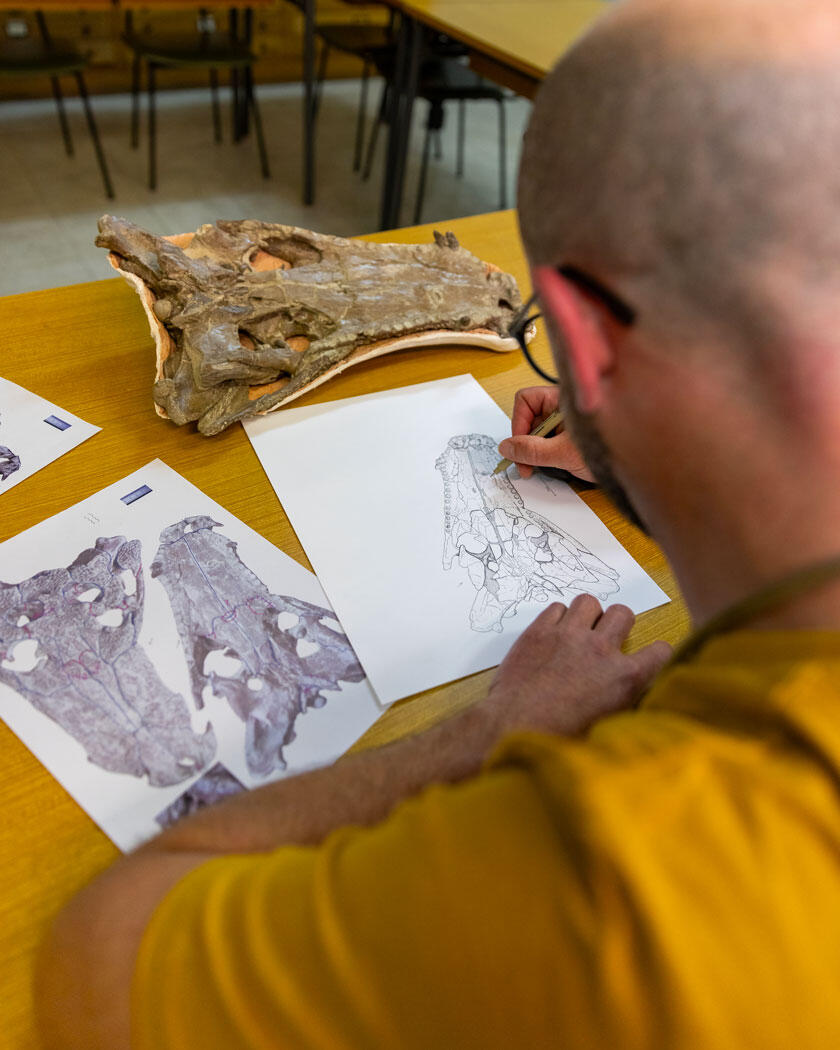
13
Slideshow mode
Another tool used by palaeontologists is interpretive drawing of fossils. Based on remains, photographs, and sometimes three-dimensional models of the specimens, such drawings are usually the work of the scientists themselves. They are used to illustrate specimens presented in scientific papers or to help explain discoveries to a non-expert public.
Simon BIANCHETTI / LGL-TPE / CNRS Images
Explore more
Life
Article
11/26/2025
Article
11/24/2025
Article
09/24/2025
Article
09/01/2025
Article
08/07/2025
Palaeontology
Article
08/07/2025
Article
05/31/2025
Article
01/22/2025
Article
02/28/2024
Article
12/17/2021
Fossil
Article
02/28/2024
Opinion
07/23/2019
Article
02/11/2019
Article
05/25/2017
Article
02/21/2017









